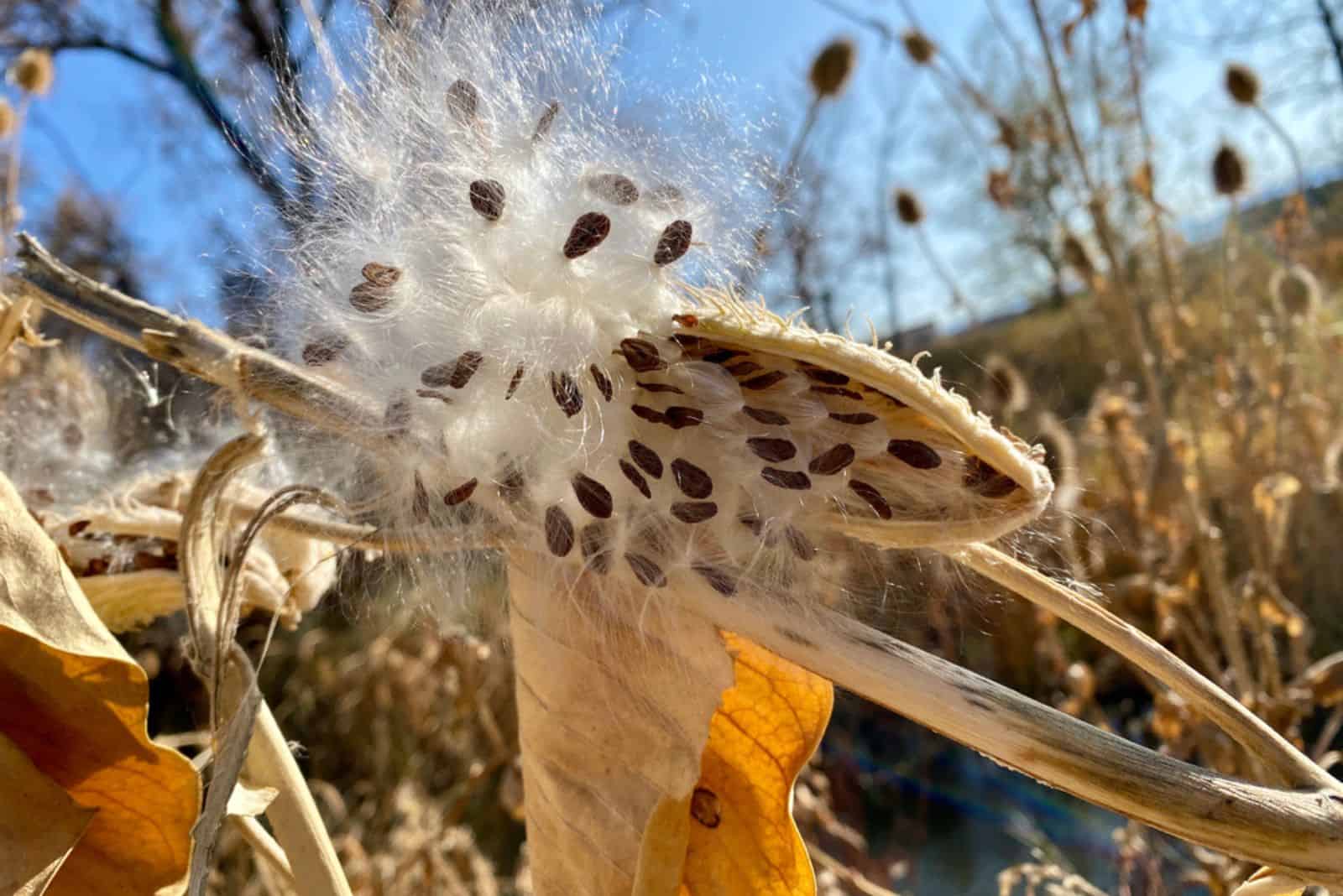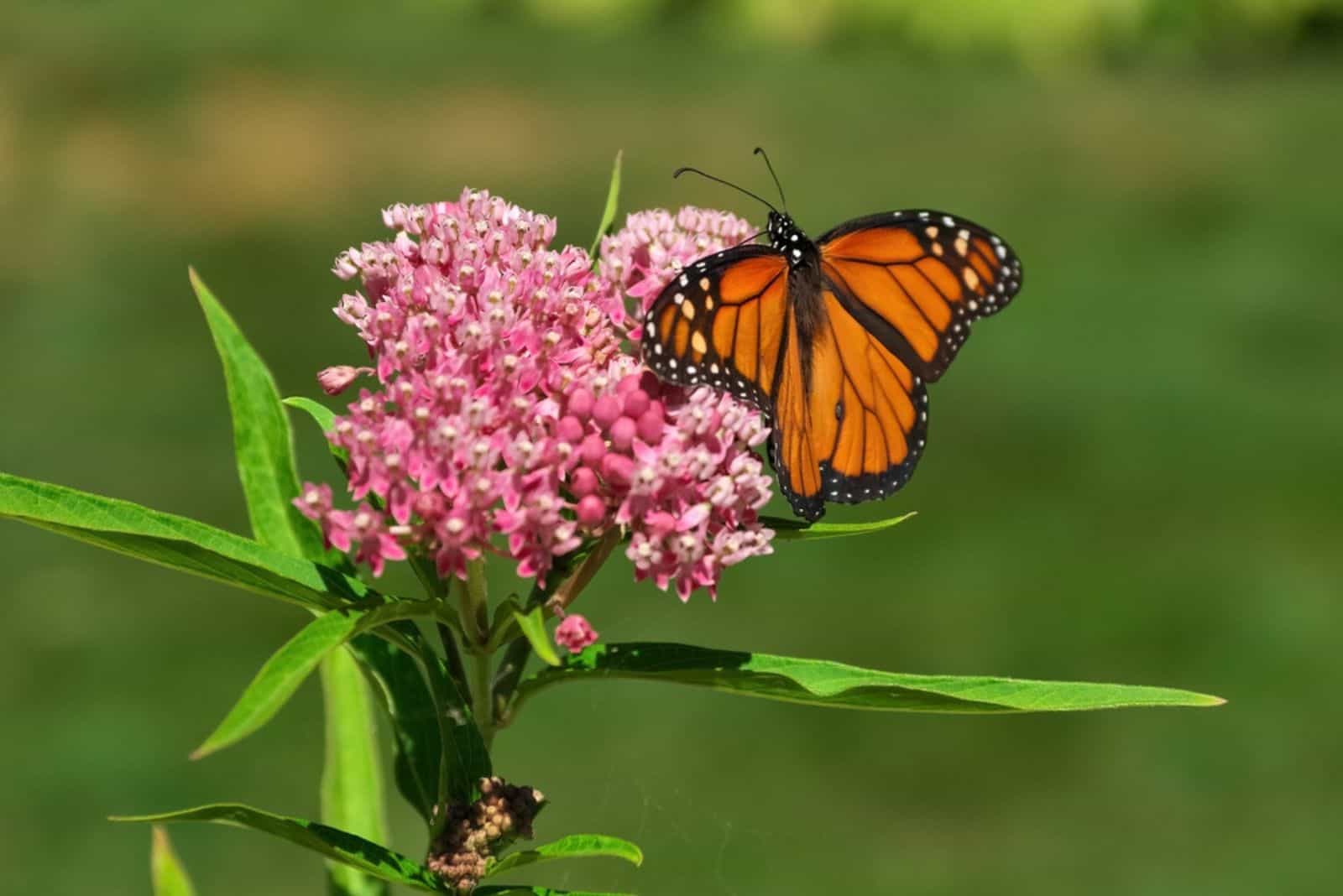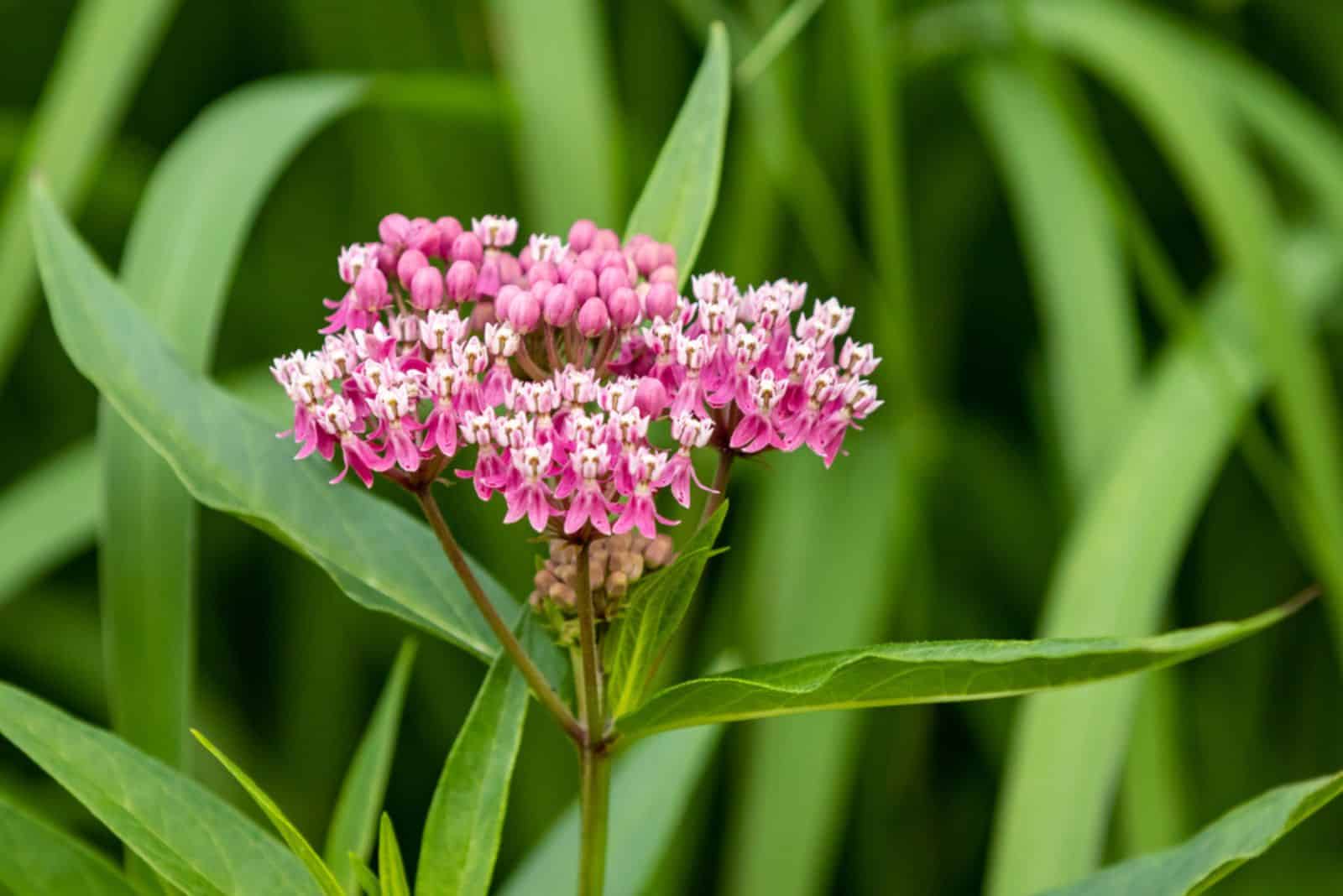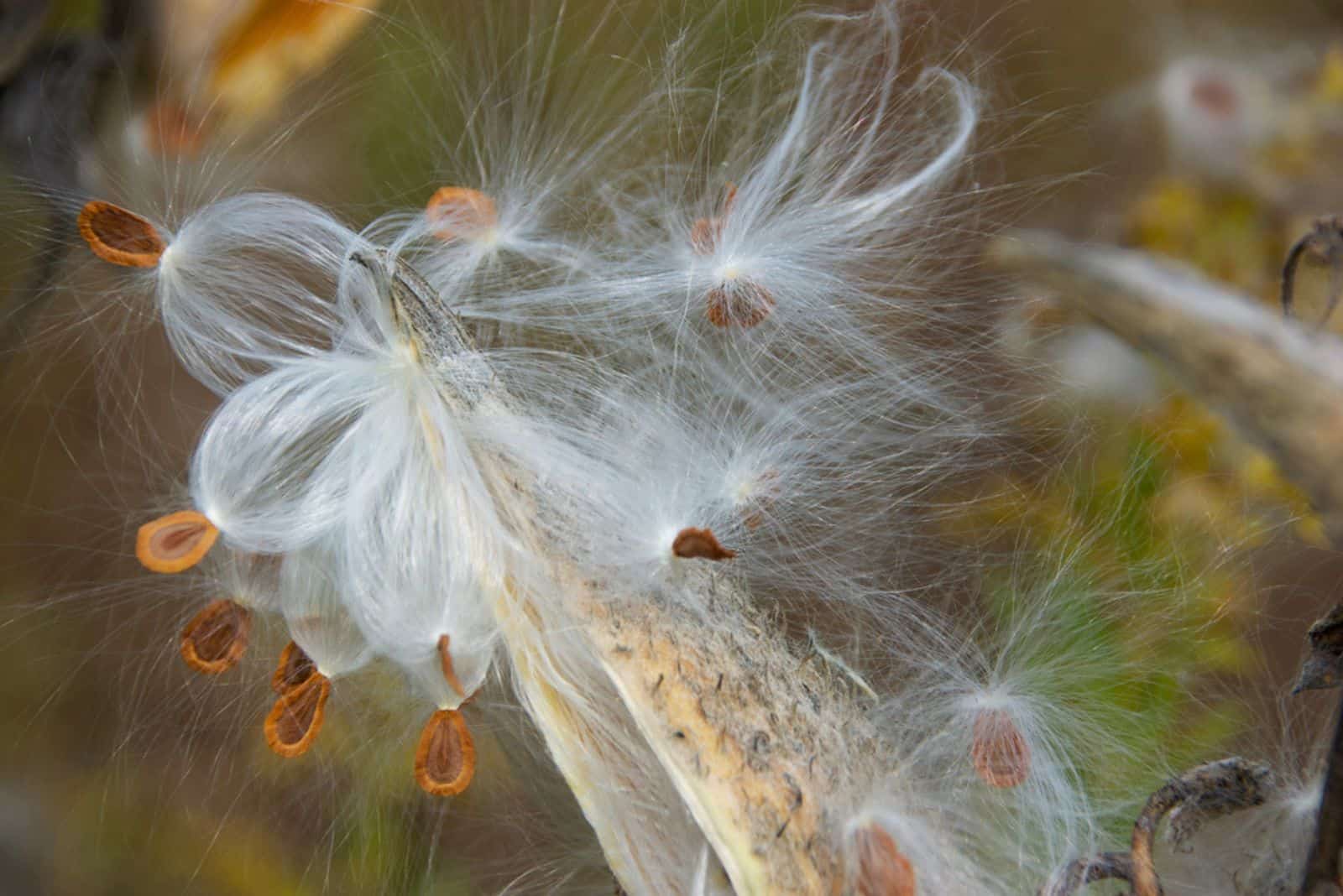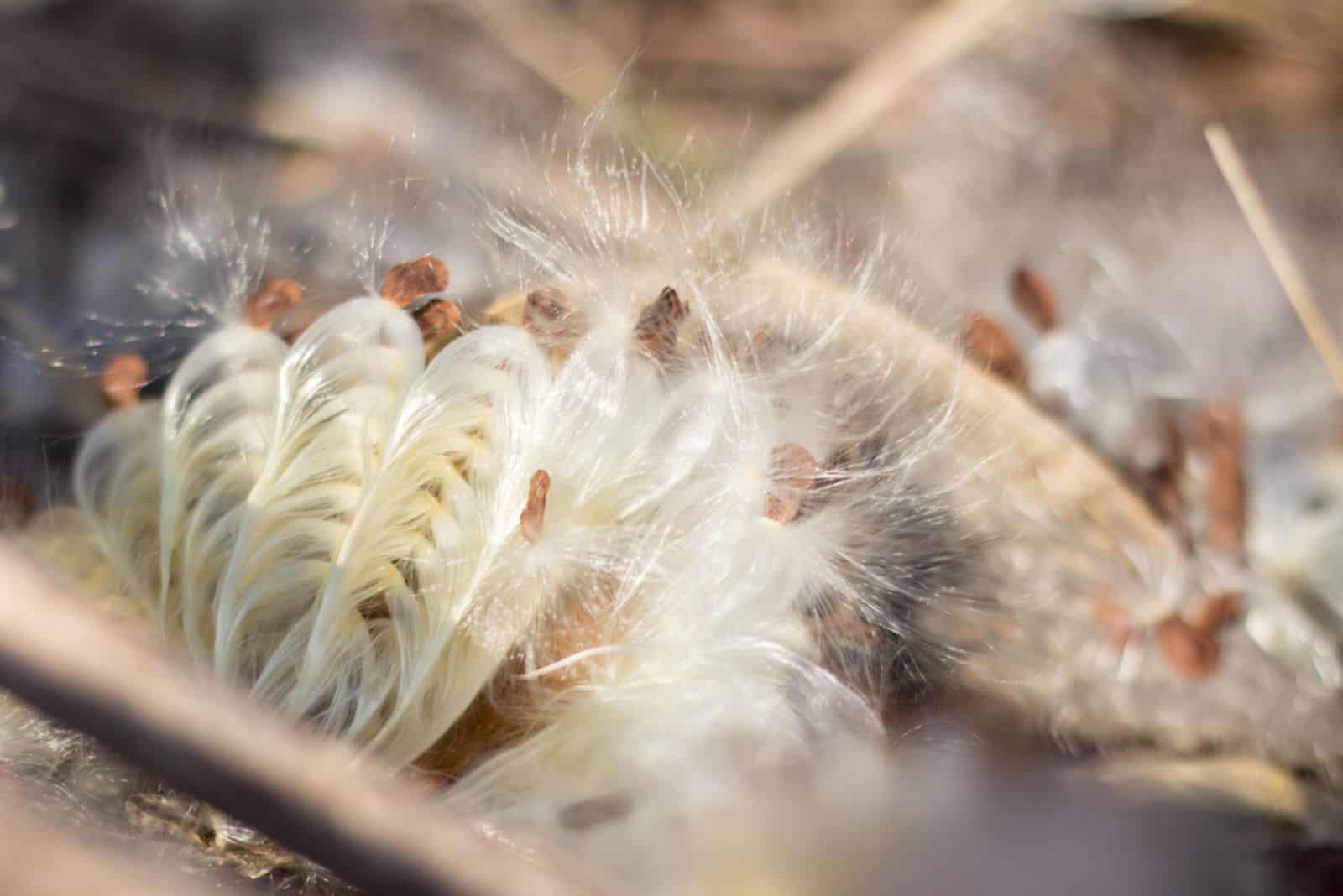Let’s face it, we all love butterflies.
They are the prettiest insects and have a very important job – they pollinate our plants and flowers. Recently there has been a significant decrease in the number of Monarch butterflies, which is directly related to the loss of milkweed.
Milkweed, the monarch butterfly’s primary host plant, plays a crucial role in their life cycle as it provides food and habitat for caterpillars.
If you want to help pollinators and the overall ecosystem in your area, you should learn how to collect and grow milkweed seeds so that you can contribute to creating more monarch-friendly habitats and support their survival.
In this article, we will walk you through the process of collecting milkweed seeds, preparing them for planting, and nurturing them into healthy plants.
Stay tuned!
Loss Of Milkweed
We should discuss the consequences of milkweed loss first. Even though we are talking about weeds, these are essential food sources for many pollinating insects, especially butterflies.
When we get rid of milkweed, we are also reducing the pollinator population in our area.
The management of roadside vegetation, urban development, and agricultural growth are the three main causes of milkweed loss. The most widely used herbicide, glyphosate, is largely to blame for all of this.
However, the biggest cause of milkweed loss is definitely commercial farming. Regardless of your stance on consuming GMOs, it is obvious that they are harming the environment.
For instance, glyphosate-resistant soybeans and glyphosate-resistant corn were two fantastic new crops introduced by Monsanto in the late 1990s. The crops were genetically modified to withstand the application of herbicide.
Therefore, you wouldn’t need to worry if you planted countless acres of maize and soybeans and then sprayed glyphosate on them.
While corn remained intact, approximately 120 million acres of milkweed has been destroyed.
Cultivating these genetically modified plants and then repeatedly applying glyphosate to those fields has made it practically impossible for milkweed to flourish in these conditions.
Beyond Pesticides stated: “The increased use of glyphosate-resistant crops has led to declines in pollinator habitat. Historically, for butterflies in the U.S. Their key source of food is milkweed. Now fields have been planted with more than 120 million acres of corn and soybeans genetically engineered to be tolerant to glyphosate, as well as other herbicides, allowing farmers to use glyphosate to kill milkweed in the field.”
So you can see the importance of growing milkweed. If there aren’t many pollinators in your garden, I would suggest planting milkweed as it is the perfect flower for attracting butterflies and hummingbirds.
Milkweed Is For Everyone
Monarch butterflies are not the only ones that are attracted to milkweed – other insects, especially bees, regularly consume milkweed. Other butterflies and moths also like to munch on those leaves!
Even predatory insects that are helpful to gardeners everywhere have been observed consuming milkweed nectar. On a cluster of milkweed blossoms, you can find insects like aphid mites, braconid wasps, and assassin bugs.
But did you know that milkweed is good for us, too?
If you’re cultivating it in your backyard, you should unquestionably take advantage of a few delicate shoots in the spring and fresh seed pods in the late summer.
Always eat a little bit of new wild foods when you first try them. Remember, modesty is key!
Milkweed Varieties
If you want to attract butterflies to your garden, it is important to plant the right kind of milkweed.
For instance, Swamp milkweed (Asclepias incarnata) is more of a deer resistant plant, while Butterfly milkweed (Asclepias tuberosa) is good for attracting pollinators.
There is also a variety called Common milkweed (Asclepias syriaca) which often grows naturally – it is also considered invasive in North America.
Nonetheless, there are over 70 different milkweed varieties, and I’m sure that you will find the one that suits your needs!
Planting Milkweed Seeds
It is relatively easy to plant and grow milkweed. If you decide to sow milkweed seeds in the spring, then you should first put them in the refrigerator for some time.
However, if you decide to plant them in the fall, then nature will do the work for you
When planting, sow the seeds about half an inch deep and lightly cover them with soil. Make sure to keep them moist until they begin sprouting. Then, frequently water the plant until it establishes.
Consider Seed Bombs
Milkweed seed bombs are a gardening trick invented by those who are passionate about preserving Monarch butterflies.
Seed bombs are little balls made out of clay, potting soil, and native wildflower seeds. Once planted, they will grow and spread, thus improving the environment and providing insects the food and habitat they need.
You can mix any wildflower seeds, just make sure that they are native plants.
If you live in Iowa, then you should check out: 15 Iowa Native Plants That Can Spruce Up Your Garden
Harvesting Milkweed Seeds
The first thing you should do is buy some protective gloves because milkweed sap can irritate the skin. If you have sensitive skin, you might want to wear gloves. If you don’t have gloves on, make sure to thoroughly wash your hands after handling milkweed.
Seed pods are usually harvested in the fall. If you collect them too soon, they won’t be able to germinate. A telltale sign that seeds are ready to be collected is a deep brown color.
To check if they are ready, simply crack some seed pods open – if the seeds are white or light brown, wait a while and do it again. However, if you wait for too long, then the wind will carry them away.
The best thing you can do is look for seed pods that have just started cracking open.
Separate the seeds and let them completely dry out. It is not necessary to remove the fluff, although some folks tend to do it.
If you decide you need to remove the fluff, put the seeds in a paper bag with several coins and shake vigorously.
Keep the seeds dry in your refrigerator.
Vernalization vs Stratification
Vernalization is a biological process that milkweed seeds have to go through. This means that the plant requires the winter weather to trigger critical reproductive processes, such as the emergence of flowers.
The plant won’t germinate and generate blossoms if the seeds aren’t exposed to cold temperatures for an extended period of time.
This is why the seeds must be put in the refrigerator before planting.
Vernalization often gets mixed up with stratification. Although they are quite similar, we are talking about two different things. While vernalization is important for flowering plants to produce flowers the next season, stratification is necessary for seeds to germinate.
For instance, we use the word stratification because pine nuts, which are the seeds that grow into new baby pine trees, don’t produce blooms.
Even though milkweed also needs to be cold-stratified for the seeds to germinate, we still refer to the process as vernalization because it is a flowering plant.

